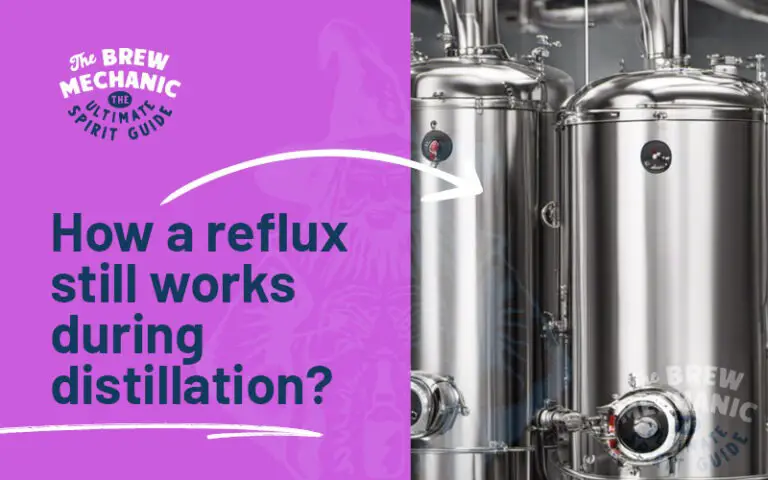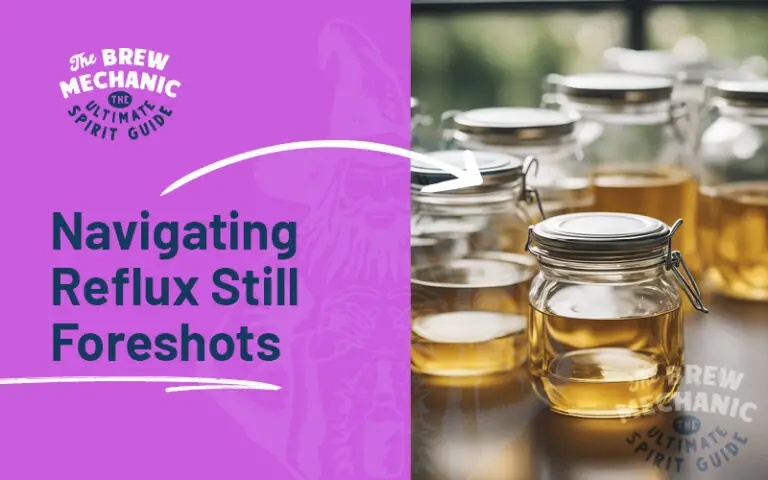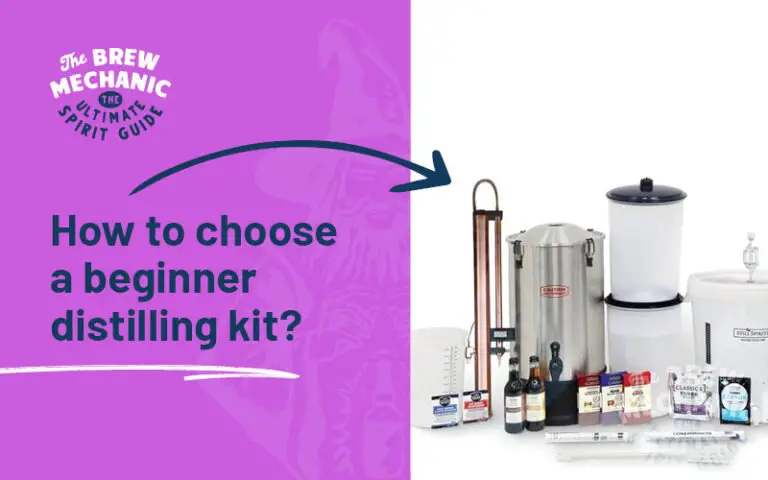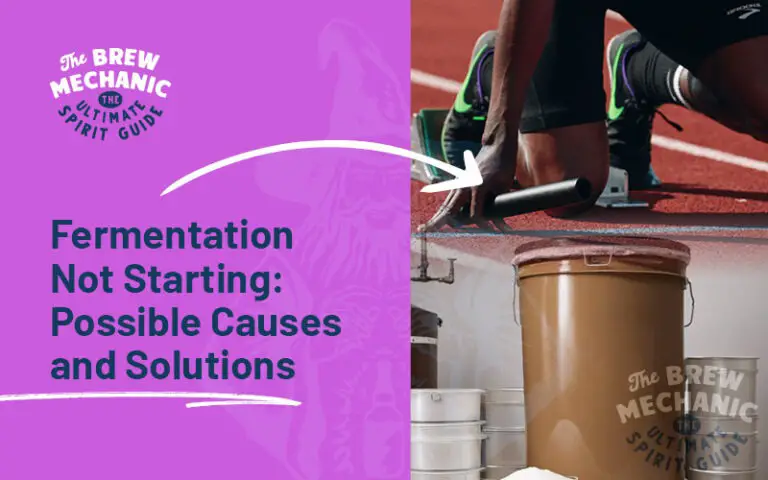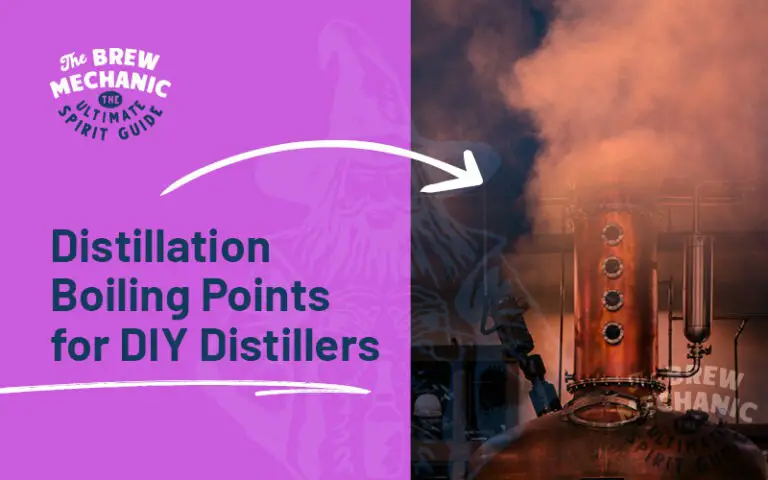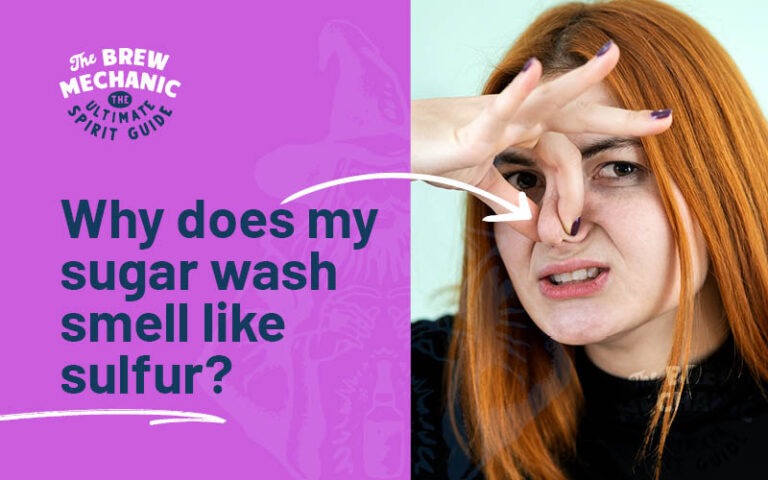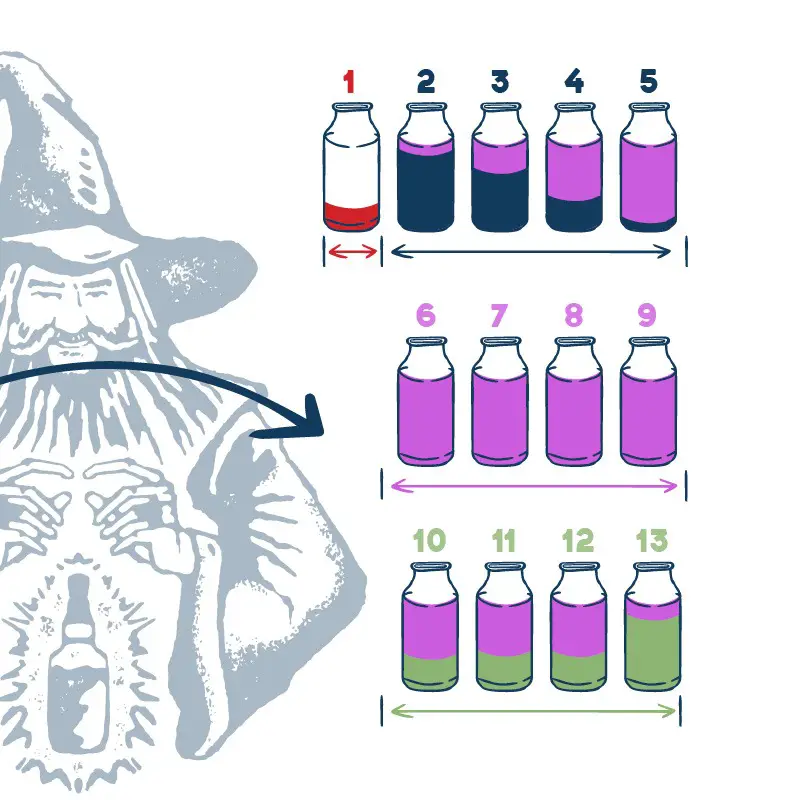Sugar Wash not bubbling – Let’s solve this now
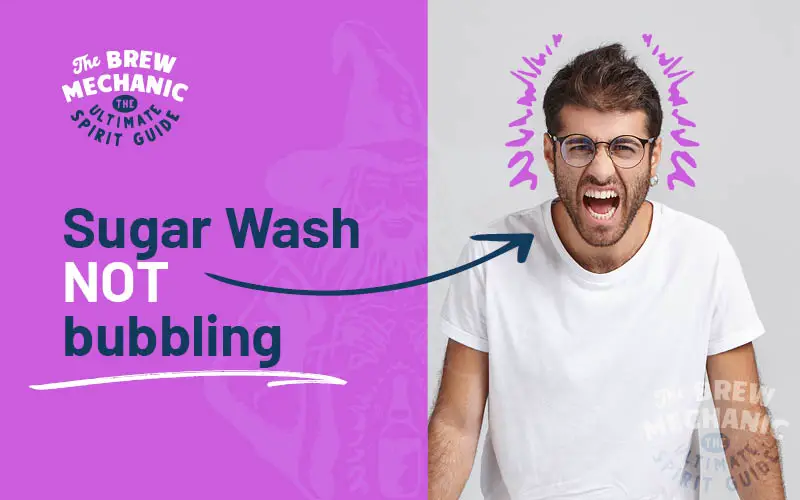
Disclaimer: This post might include affiliate links, through which I may earn a small commission without any extra cost to you. Additionally, I am an Amazon Associate and earn from eligible purchases. All the products and services I suggest are ones I have personally used or would use. Thank you very much for your support if you decide to buy through any of my links!
Come join the Distilling Squad!
Get the best fundamental tips & tricks here. Woohoo!
Welcome to Sugar Wash Fermentation Problems and solutions
The simplest of all washes is the sugar wash. This is the perfect starting point for a beginner distiller or home brewer. But being simple, it can have problems like the sugar wash not bubbling due to the pH, temperature and seal test. Oh, the enjoyment of that… We have all had it happen!
As the name states the wash is made up of sugar and water. A simple sugar wash does not make nutrients for the yeast to start fermentation.
Here you must make up a nutrient complex to add to fermentation followed by the yeast, or use a turbo yeast that has all the nutrients, yeast in one packet. For the beginner, I would suggest you start with a simple sugar wash as your first strides into fermentation then distillation.
The above sounds simple but fermentation has lots of tricks in the fermentation steps.
Let’s figure out to solve this problem…
The ingredients for a sugar wash fermentation process.
The batch size can vary from 20 to 100 litres and more. The basic mix will stay the same only the amounts will alter to suit the batch sizes. For the fermentation to happen the correct ratios of sugar, water, nutrients, and type of yeast, (turbo yeast) must be correct.
Equipment needed to make a sugar wash fermentation batch
Fermentation simplified
To ferment sugar to make ethanol is a simple process but it is important to follow a sequence of simple steps to achieve the required ethanol %. Once the fermentation step is completed the following steps are racking, heating in a kettle, distillation followed by decanting.
If not followed it will affect the ethanol strength (8 to 18%), yield, conversion and time taken to finish until all the sugar has been converted to ethanol.
A bad ferment can lead to you dumping the batch caused by smell and taste. This makes us sad.
Causes of a sugar wash not bubbling
Cause 1
The first thing to check is the fermenter if the lid has a poor seal. Do a leak test on top of the lid with soap and water. The one test is pushing gently on the lid and all the CO2 expelled must only escape via the airlock. Remove the lid, clean, and wash the rubber seal plus add Vaseline to it. Seal all inlets to the lid with silicone.
Cause 2
The ratio of water to yeast, and nutrients is not correct.
Cause 3
Items used for fermentation have not been sanitized.
Cause 4
Too much water in the airlock.
Cause 5
Bad yeast.
Cause 6
pH problem
Cause 7
Opening gravity to low (OG) to little sugar content ratio to water.
Cause 8
The fermenting temperatures are too high or too low.
Cause 9
Not enough oxygen in the ferment before adding the yeast.
Cause 10
The froth/foam that must be formed has not been worked back into the batch forming a layer on top.
Cause 11
Problem with nutrients added.
Solutions for restarting fermentation
I highly recommend that you have a checklist sheet with notes every time that you fill in to make sure no steps are left out when making the batch.
The problem with using a turbo yeast package is that it’s hard to determine what is wrong as everything is pre-packed. On your side, you must make sure that all the instructions have been followed when going this route.
Solution 1
Where have you made the batch, exposed to cold or heat? Cold switch on a fish tank heater, hot move from area to a cool one.
Solution 2
The fermentation does not like temperature swings. Easy to sort out with temperature control.
Solution 3
A sugar wash pH does not have a natural buffer when fermentation starts. The pH will drop to below 4 after 15 to 20 hours. This will slow the reaction down and if not sorted out can lead to the yeast dying.
You must adjust this back to a pH of 5 using calcium Carbonate or a product to bring it back up. As you add it you will notice it start to fuzz (react) which is a good sign.
Solution 4
Checked and found pH has dropped, adjust it back to 5, add DAP (nitrogen), and yeast hulls and make a fresh batch of yeast (starter) as the low pH may have killed a large number of cells.
Solution 5
Make sure that the yeast (sell by date) used is fresh. Do a yeast starter test with a sugar solution to make sure it rises. The yeast used should smell fresh. Dry yeast should be free-flowing.
Solution 6
Tip by going the route of making a yeast starter you take out one of the big variables when fault finding. The next step is to proof the yeast starter by adding some nutrients (50g) to it.
With the next batch, you can add a buffer to your sugar wash by adding crushed oyster shells, and extra calcium carbonate which will help slow down the pH drop. Regardless of what you add, check pH and adjust back to 5, after 15 to 20 hours.
Solution 7
Temperature plays a major role in fermentation. Must be within the range suggested by the manufacturer of the yeast. Baker’s yeast range from 27 to 30°C (80.6 to 86°F ). Too high will kill the yeast, to low below 20°C (20°F) will slow the reaction right down. No temperature swings.
Solution 8
You should start the ferment on a rubber mat to prevent it from getting cold on the cement floor.
Solution 9
Switch on the fish tank heater probe (set at 28°C or 82°F) and monitor it. The range normally is 26 to 30°C (79 to 86°F).
Solution 10
Gently stir the bottom section upwards with a clean sanitised plastic spoon to lift the lazy yeast. Do not break the surface with this movement and introduce oxygen.
Solution 11
Was enough oxygen added to the sugar wash before adding the yeast, trip sheet time is 5 minutes mixing with a paint paddle using a reversible hand drill?
I recommend a checklist sheet filled in to make sure there are no shortcuts when adding yeast etc.
Solution 12
Within 6 hours if there is a problem with the sugar wash not bubbling, taste the wash it should be slightly sweet. If dry possible yeast has reacted and used all the sugar too early in the reaction.
Solution 13
If bubbles stop after 3 to 5 days check the gravity of the wash as it could have fully fermented.
Solution 14
How did you add the yeast to the fermenter? Pitched yeast can die when shocked by a rich sugar wash solution.
Essential factors when making a sugar wash brew.
Before starting this route you must do lots of reading and understand the terms, the process of how to ferment sugar, and distillation all related articles to make a safe and drinkable alcohol.
What to do when something goes wrong. It’s like driving a car what do you do if a red light comes on?
A successful ferment will lead to a successful distillation to make safe Ethanol. Everything starts at the fermenting stage. If the simple steps are not followed it will lead to a flop in yield and conversion of sugar, yeast to ethanol.
With your sugar wash not bubbling, I wish you the best of luck to get it fermenting again!
Frequently asked questions about a sugar wash not bubbling
Did sugar wash go bad because you didn’t clean it?
well you can download our Cleaning Checklist
Last Updated on July 30, 2023 by The Brew Mechanic
Disclosure: I may receive affiliate compensation for some of the links below at no cost to you if you decide to purchase a product or service. You can read our affiliate disclosure in our privacy policy. The information provided is for entertainment only.

With 35 years of knowledge of being a chemical engineer in alcohol manufacturing plants, my mission is to teach the next generation of home distilling alcohol brewers at a supernatural speed.
My reviews are based on real-life experiences with reflux stills, sugar wash, troubleshooting and mystical chemical reactions.

